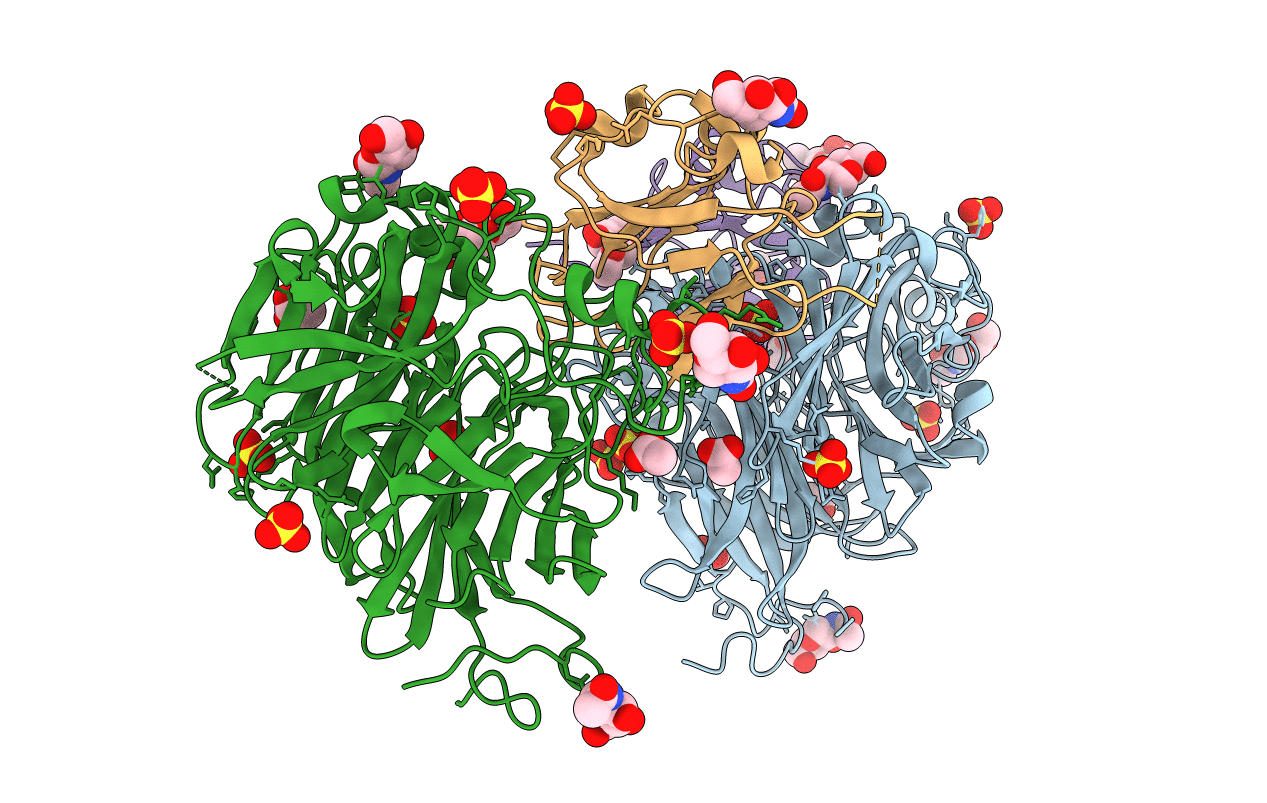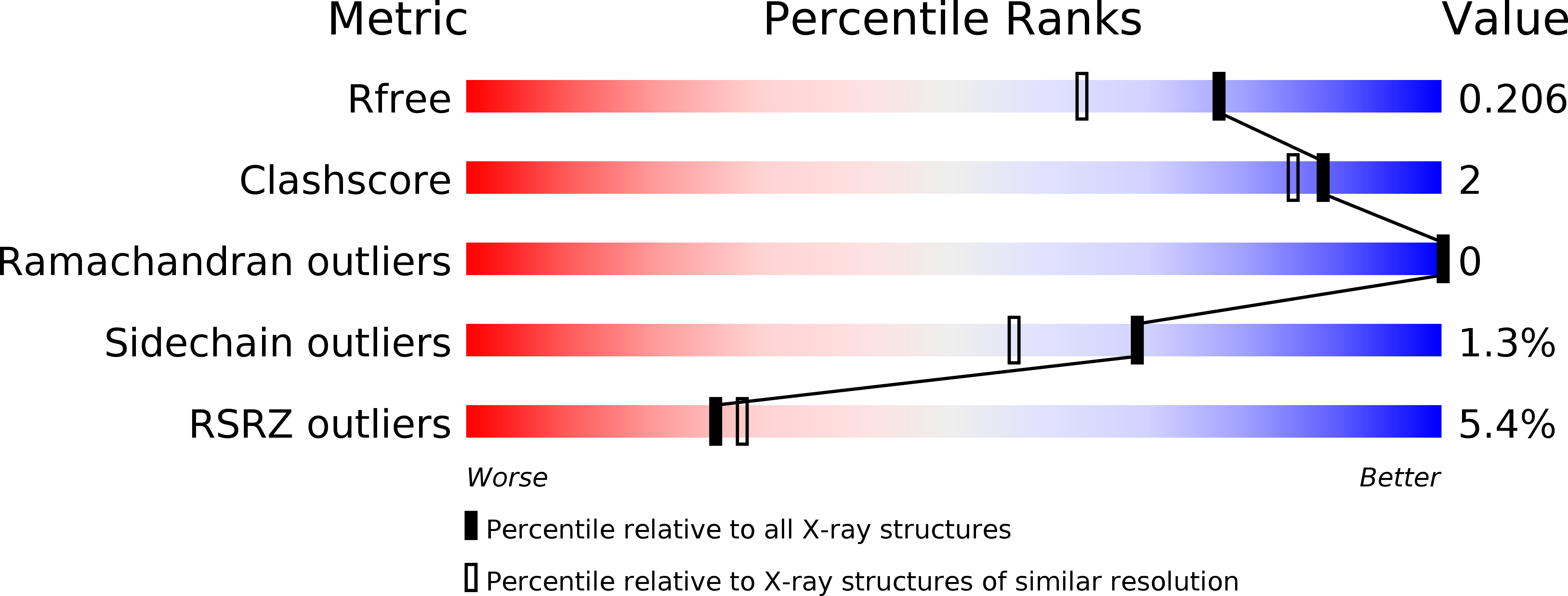
Deposition Date
2015-03-13
Release Date
2015-04-01
Last Version Date
2024-11-13
Entry Detail
PDB ID:
4UF7
Keywords:
Title:
Ghanaian henipavirus (Gh-M74a) attachment glycoprotein in complex with human ephrinB2
Biological Source:
Source Organism:
BAT PARAMYXOVIRUS EID_HEL/GH-M74A/GHA/2009 (Taxon ID: 1112631)
Homo sapiens (Taxon ID: 9606)
Homo sapiens (Taxon ID: 9606)
Host Organism:
Method Details:
Experimental Method:
Resolution:
1.70 Å
R-Value Free:
0.19
R-Value Work:
0.17
R-Value Observed:
0.17
Space Group:
I 2 2 2


